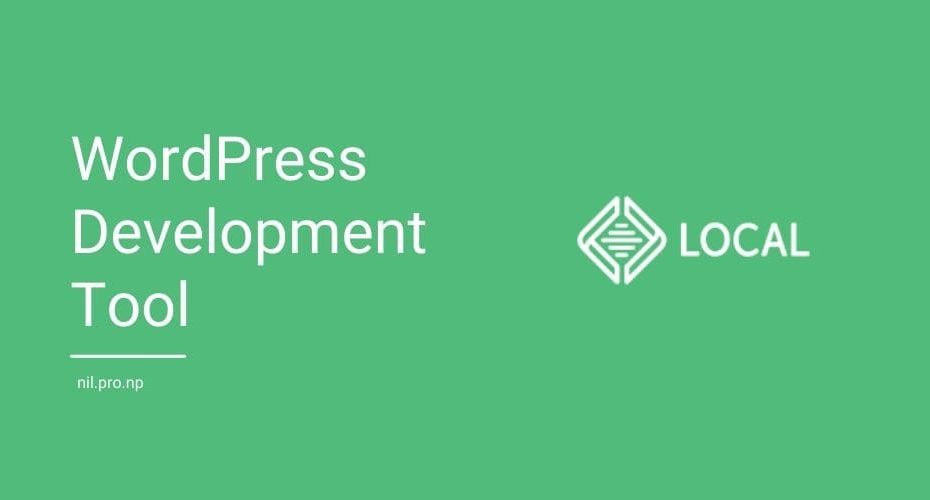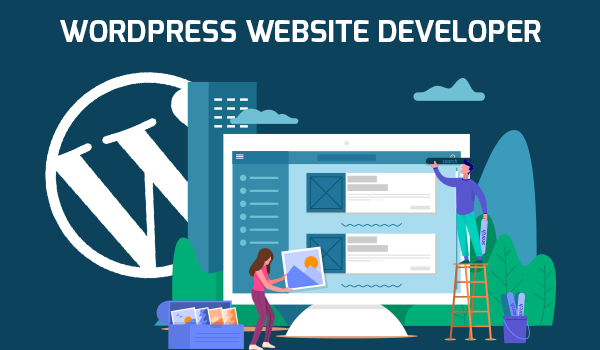In web development, creating a Local WordPress environment is a fundamental skill that not only saves time but also facilitates seamless website building and testing. Whether you’re a newbie or a seasoned developer, a local WordPress setup gives you the freedom to test, troubleshoot, and tweak your projects without affecting live sites.
This comprehensive guide will walk you through a systematic step-by-step process for setting up a local WordPress environment using tools like XAMPP or MAMP. Additionally, we’ll cover essentials like database configuration, file directory management, and troubleshooting common problems along the way.
Why Set Up WordPress Locally?
Before diving into the technical details, let’s understand why WordPress local configuration is so important. Here are some key benefits:
- Offline development and testing
Setting up WordPress locally means you can work on your site without an internet connection. This allows you to test and make changes without the risk of affecting your live site.
- Rapid Prototyping
With a local environment, you can quickly prototype and build new features or themes without any impact on your live website. This agility can greatly enhance your development process.
- Debugging and Troubleshooting
Local setups make debugging easier. You can test code changes, experiment with plugins, and identify issues without putting your live website at risk.
- Privacy and Security
Local Development ensures that your website development remains private and secure. There is no risk of exposing sensitive data to the public during the development phase.
Now let’s move on to the process of setting up a local WordPress environment.
Step 1: Choose a local development environment
The first step in setting up WordPress locally is to choose a local development environment. Two popular options are XAMPP and MAMP.
XAMPP (Cross-Platform Apache, MySQL, PHP, and Perl) XAMPP is a free and open-source software that includes the necessary components for WordPress development: Apache, MySQL (or MariaDB), PHP, and Perl. It’s available for Windows, macOS, and Linux.
MAMP (Macintosh, Apache, MySQL, PHP)
MAMP is specifically designed for macOS and offers a user-friendly interface. It includes Apache, MySQL, and PHP. There is also a MAMP Pro version with advanced features.
Choose the environment that best suits your operating system and preferences. Download and install it by following the instructions on the respective websites.
Step 2: Install and configure XAMPP or MAMP
After downloading and installing the environment of your choice, you will need to configure it to work with WordPress.
- Start the Local Server
Launch XAMPP or MAMP and start the local server. This action initiates the Apache web server and MySQL database server on your computer.
- Create a Database
For WordPress to function, you’ll need to create a MySQL database. Open the phpMyAdmin tool (typically accessible through your local environment’s control panel) and create a new database. Take note of the database name, username, and password, as you’ll need these for the WordPress installation.
Step 3: Download and Install WordPress
Once your local environment is set up, it’s time to download and install WordPress.
- Download WordPress
Go to the official WordPress website (wordpress.org) and download the latest version of WordPress. Unzip the downloaded file to your local server’s web folder (htdocs in XAMPP or htdocs in MAMP).
- Configuring WordPress
Open your web browser and navigate to http: //localhost/your-wordpress-directory. Follow the WordPress installation wizard, which provides details of the database you created earlier.
Step 4: Configure file Directories
To ensure your local WordPress setup works correctly, you may need to configure file permissions and folder structure.
- Permalinks
In your WordPress dashboard, go to Settings > Permalinks and choose your preferred URL structure. This setting is essential for SEO and friendly URLs.
- File Permissions
Check and adjust file permissions if necessary to ensure WordPress can read and write files in the wp-content directory. Incorrect permissions can cause problems with themes, plugins, and media uploads.
Step 5: Troubleshoot common problems
Setting up WordPress locally is generally simple, but you may run into some common problems along the way. Here are some troubleshooting tips:
– Port Conflicts: If you experience port conflicts, make sure that your local server software is not conflicting with other services that use the same gate. You can change the ports in your server settings if needed.
– Database connection error: Double-check the database configuration settings in your wp-config.php file. Make sure the database name, username, and password match what you set up in phpMyAdmin.
– .htaccess file: If your permalinks aren’t working correctly, make sure your .htaccess file is writable. You may need to adjust file permissions.
– File Paths: Ensure that your WordPress installation path is correctly configured in your local server software. The path should point to the folder where you installed WordPress.
Conclusion
Setting up WordPress locally is a valuable skill for web developers. It allows you to work on your projects more efficiently, experiment with new features, and troubleshoot issues without affecting your live websites. By following this beginner’s guide and understanding the steps involved, you’ll be well on your way to becoming a proficient local WordPress developer. Start testing and watch your development skills grow.


